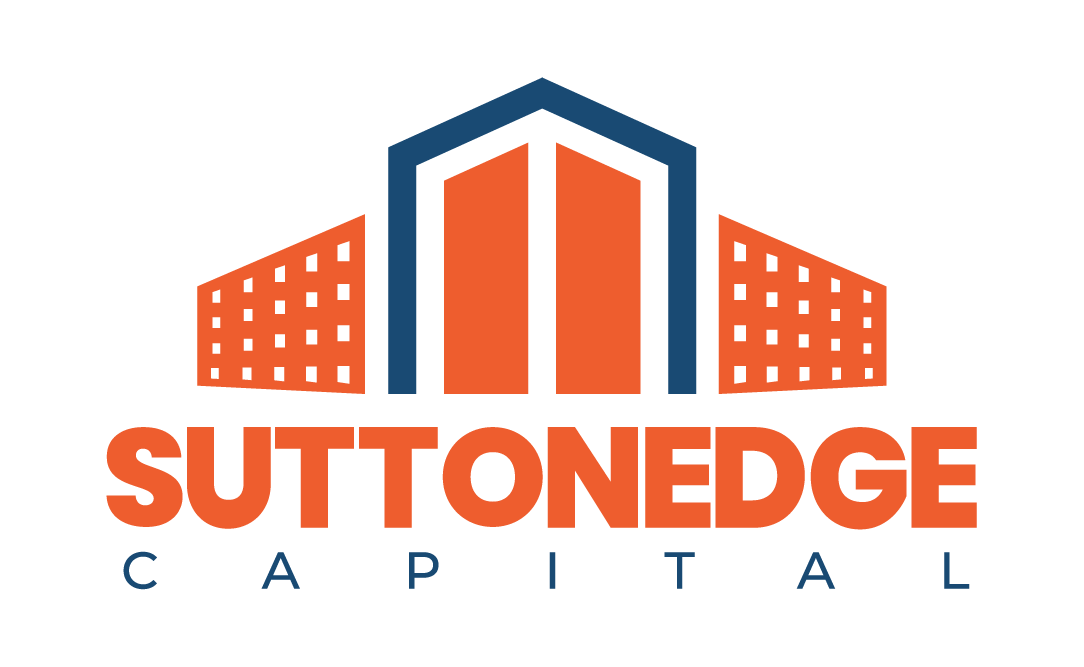We follow a proven and effective investment strategy that allows us to identify, acquire, and manage high-quality cash-flowing assets that will generate passive income and capital appreciation for our investors. Our investment strategy consists of the following steps:

“Real estate investing, even on a very small scale, remains a tried and true means of building an individual’s cash flow and wealth.” - Robert Kiyosaki
Suttonedge Capital LLC is a real estate company that helps you achieve financial freedom through investing. We focus on commercial and apartment buildings in Texas, Florida, and Arizona. If you are interested in joining us or learning more about us, please contact us today. We would love to hear from you and discuss how we can work together.
